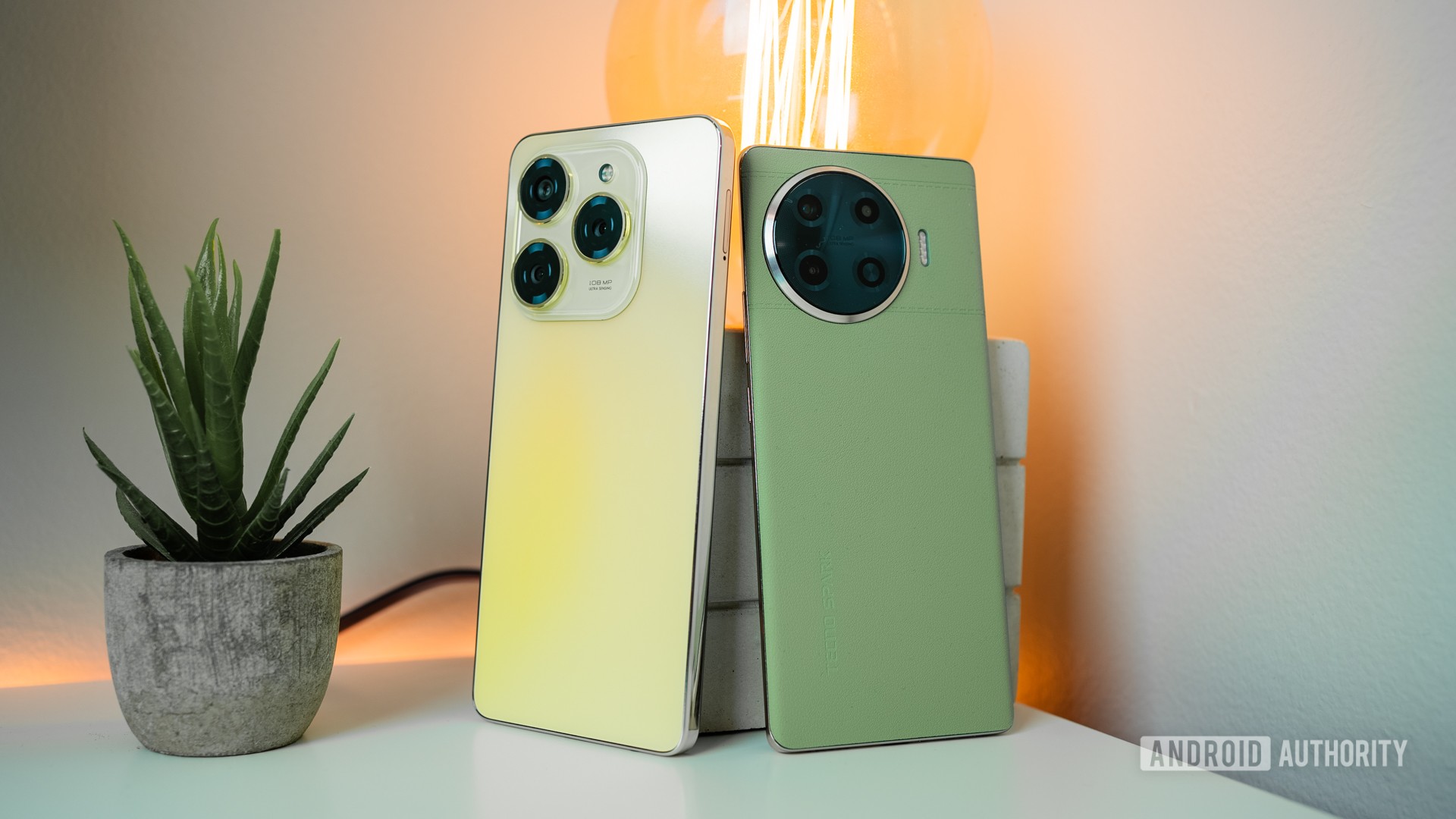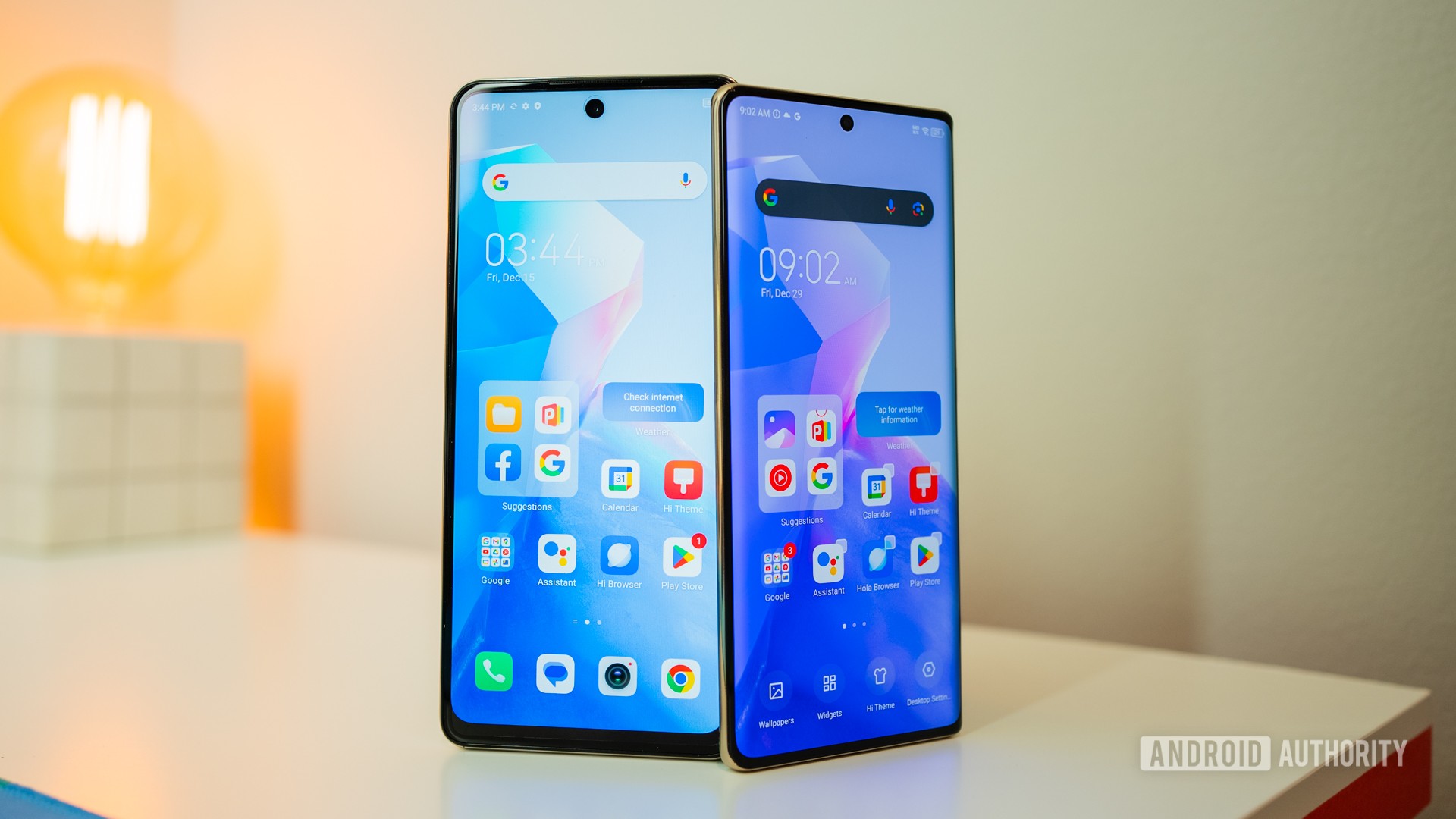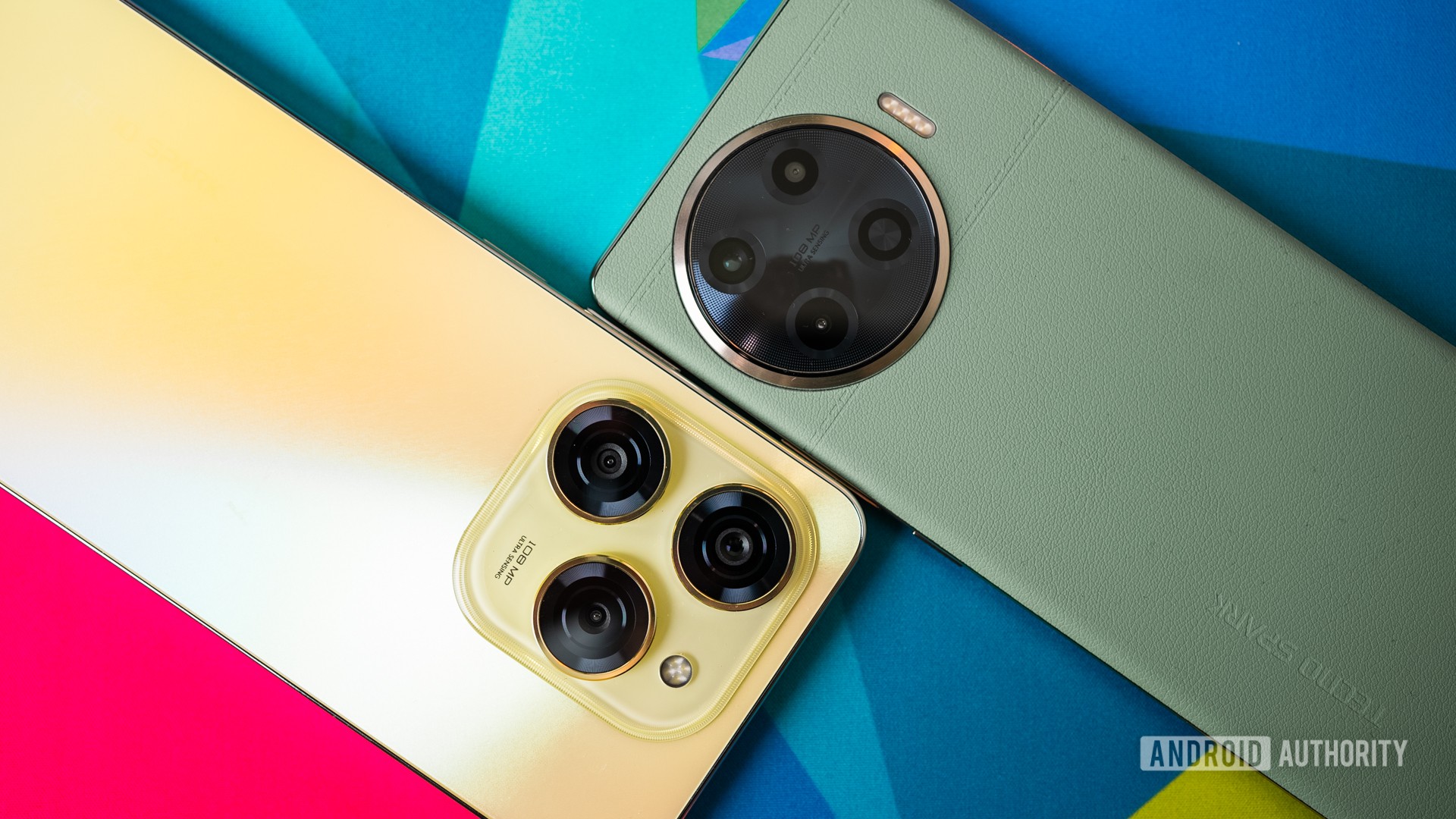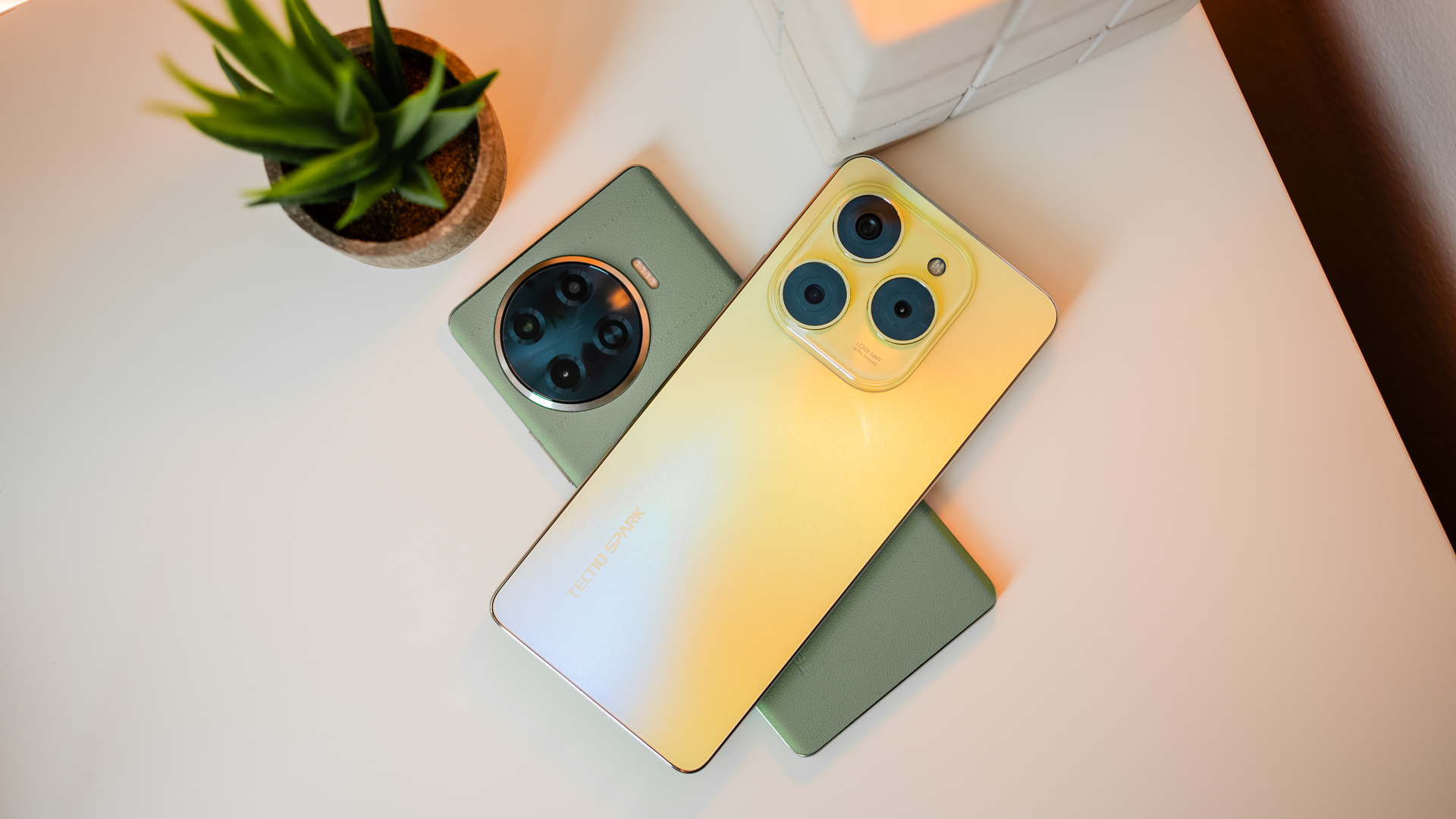Affiliate links on Android Authority may earn us a commission. Learn more.
Tecno Spark 20 Pro and Spark 20 Pro Plus impressions: Ace value packages
Published onJanuary 29, 2024
In the budget phone battleground, the Tecno Spark 20 Pro and the 20 Pro Plus won’t be the most obvious pick, but they nevertheless manage to throw down the gauntlet. But can they hold their own against the competition? Let’s check them out.
For all intents and purposes, the Tecno Spark 20 Pro and the 20 Pro Plus are practically identical, save for some changes to the chassis and minor tweaks here and there. Ditching the plastic backs of many of the predecessors really does help the Spark 20 Pro series. Both of these phones rock sleek, curved frames, with a choice of eye-catching hues. I’m particularly smitten with the shimmering Sunset Blush, but the eco-friendly Magic Skin 2.0 Green (read: faux leather) options deserve a shout-out too. Durability is not forgotten, with phones boasting IP53 water resistance. There’s even a protective case in the box to keep things in tip-top shape.

This phone series is all about the big screens, and given the pricing, they don’t disappoint in this area. The Spark 20 Pro ships with an LCD display and the Pro Plus has a superior AMOLED panel, but they’re still pretty great, with vibrant colors, and silky smooth 120Hz refresh rates.
One thing I do want to note about these displays is related to the punch hole notch. For whatever reason, Tecno has decided to try and integrate it into the UI by copying the Dynamic Island integration that we’ve seen on recent iPhones. On these particular Tecno phones, it’s used for more basic things like monitoring charging, which is fine, but it feels out of place on Tecno’s version of Android, especially given that the punch hole is very small in the first place.

Despite some of the glitz and glamour of what appears to be high-end finishes, what lies underneath is a little more aligned with the asking price. The Spark 20 Pro uses the MediaTek Helio G99 and the Pro Plus ships with the Helio G99 Ultimate chip. Personally, I couldn’t really see a difference in data performance given the supposed SoC upgrades on that latter model, but you do get 8GB of RAM on both of these phones to keep things zipping along nicely. Multitasking is smooth, and gaming is lag-free even in most 3D titles, though neither is obviously anywhere close to the same league as the most powerful Android flagship phones.

Even though the camera systems look different, both the Tecno Spark 20 Pro and the 20 Pro Plus pack a 108MP main sensor that captures sharp details and rich colors, even in some of the tricky lighting conditions. Both phones are very competent in just about every scenario, albeit without having that true and real wow factor and competing with the best in the business.
Tecno hasn’t skimped on any of the on-device extras, either. You get dual speakers that pump out immersive audio, there are even 5,000mAh batteries that keep you going all day, and then some, and there’s 33W wired fast charging, which will refuel these devices in a flash. Plus, there’s also a microSD card slot which is on board here if you need a little more storage.
While the spec sheet does seem very good, there are some important compromises. There’s no 5G on either of these models, which is a bit disappointing. The camera also lacks a dedicated telephoto zoom lens, but at this price point, that’s nitpicking. What isn’t a nitpick, is that I couldn’t find any info on the software update policy moving forward, which is a little bit murky and a tiny bit concerning if you plan to hold onto these for a long period of time.
Tecno Spark 20 Pro and Spark 20 Pro Plus: Hands-on verdict

The Tecno Spark 20 Pro and the Pro Plus deliver excellent screens, competent cameras, and surprisingly smooth performance, all wrapped up in stylish and durable packages. If you’re on a budget but refuse to compromise on quality, then these phones should be near the top of your shopping list. There’s no denying that the Tecno Spark 20 Pro and Pro Plus are budget champions that punch far above their weight. The only issue may be actually getting your hands on one, as the phones are only set to launch in Africa, Latin America, South Asia, Southeast Asia and the Middle East.